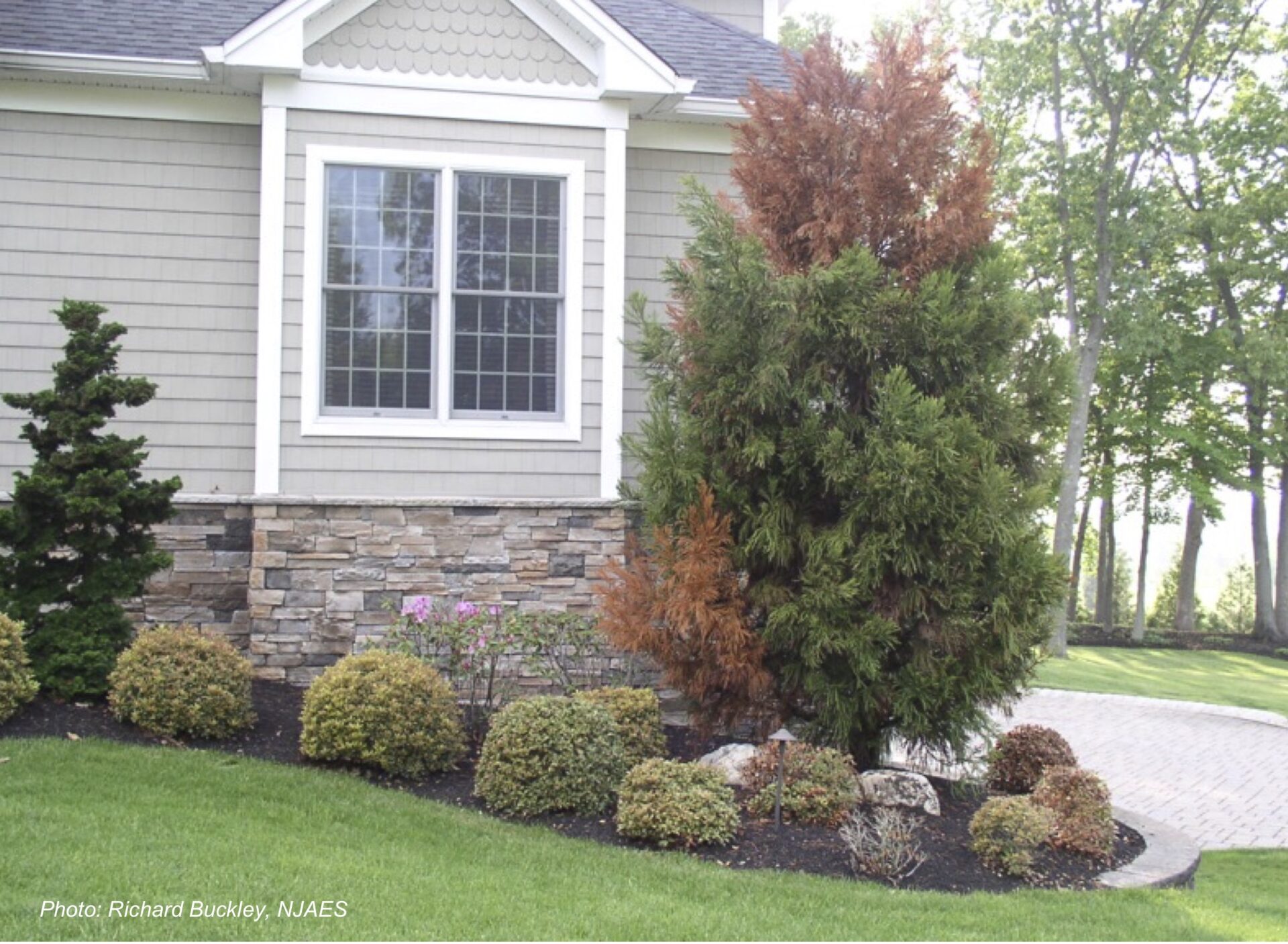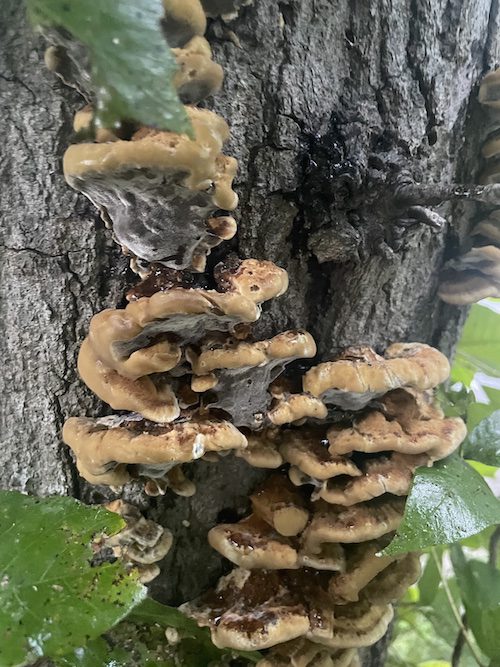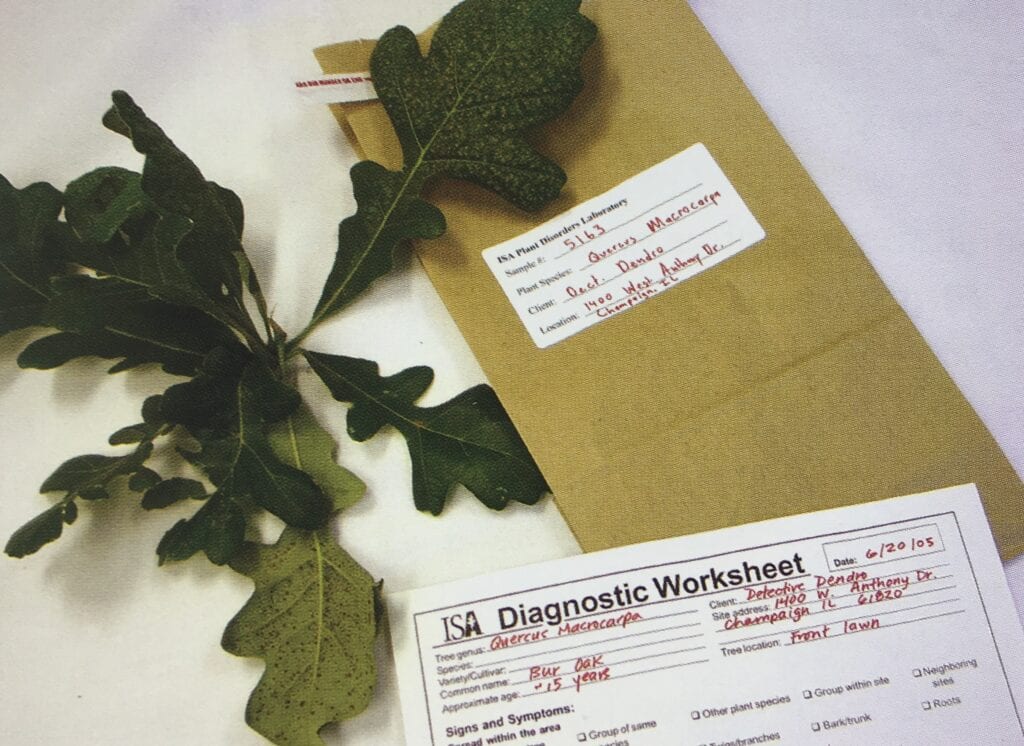
How to Prevent and Treat Tree Diseases
What is Tree Disease
The sounds and smells of a summer night are nostalgic. But what is actually making those sounds and smells? The insects and fungi that make summer so memorable are also responsible for tree diseases and the decay of trees in our backyard. The process of tree disease is a cycle in which trees live, die, decay, and get replaced by other trees. While this cycle may be essential to the ecosystem in our forests it can be devastating in your backyard. So, how do we stop our trees from being part of a cycle that has lasted for millennia?
Promote Tree Health
An ounce of prevention is worth a pound of cure. This is especially true in taking care of trees on your property. The best course of action is to promote the health of your trees. The processes that break trees down are always in the environment, a healthy tree is able to fight them off. Trees benefit greatly by doing a few things to care for them. Do the following things to help keep trees healthy and fight off tree diseases.
Mulch around your trees
The forest floor is covered by a soft blanket of decaying matter. This layer is called the litter layer. This layer is lush with millions of organisms that aid in breaking down organic material into elements essential to the life of trees. Mulch will mimic this layer and aid in retaining soil moisture and insulating the ground in winter. Mowers and string trimmers cause damage to trees and their roots, a mulch bed will protect trees and roots. Good mulch is made from shredded wood. Replenish the mulch as it breaks down. Rubber mulch or stones add no benefit to trees and should be avoided in tree beds.
Inspect your trees for Disease

The next step in keeping trees healthy is to regularly walk around your property and look at your trees. Look for signs of a root rotting fungus at the base of a tree. Or a grouping of mushrooms directly under the canopy. Of course, just because there is a fungus present doesn’t mean there is a problem with your tree. There are many mushrooms appearing during the summer that signify that fungus is just doing its job, decaying dead organic material back into your healthy soil. Depending on the time of the year, it may be a good idea to inspect the canopy and leaves as well. Is there something about your leaves that look out of the ordinary?
Ask an Arborist to diagnose a tree disease

The last step is to figure out if the fungus you notice on your tree is a problem. A good source for that is the free diagnostic service that we provide at Arborist Co. A picture submitted through our website is an excellent start to your investigation. Once the insect or disease is identified, we can help you decide if it is a significant problem for the tree. Keep in mind that there are many things that might consume part of a tree that are not a problem for healthy trees. A good example is black leaf spot appearing in late summer. The alarming leaf spots of this disease on deciduous tree leaves is not a big deal for a healthy tree and there are no practical controls for a large tree.
Treat Tree Diseases

Some tree diseases can kill live trees. Trees have the best chance of survival when diseases are caught early. When left alone, the disease can progress and there may be nothing that can be done to save the tree. An arborist can prescribe and apply a trunk injection of an antibiotic or fungicide designed to suppress or eliminate the target disease. If the tree has a nutrient deficiency, trunk injections can be used to quickly apply needed micronutrients to restore health. There are fungicides that will suppress a foliar disease, but the disease can come right back because the environment that caused the foliar disease has not changed. It would be a good idea to work with an arborist to recommend changes to your property to discourage the disease from coming back.
Prune Out Tree Diseases

In some instances, pruning out infected limbs is the only course of action. Remove a tree limb when a tree disease has progressed to the point of killing it. Diseased limbs should be removed promptly to prevent the spread of fungal pathogens. Diseases can be spread to the rest of the tree. When pruning infected limbs, it is important to use sharp, clean tools to prevent the spread of disease. Click the following link for more information on how to prune trees. Pruning will injure a tree and leave an open wound for disease and pathogens to spread. So pruning a diseased tree should only be done by a Certified Arborist.
Remove Severely Diseased Trees

You will need to remove a severely diseased tree. This will prevent the disease from spreading to adjacent trees. Southern Pine beetle is an example of a tree problem where this is often the best choice. It may be best to remove the tree if the disease kills or weakens the tree structurally and there are targets of value within its reach. If this is the case, remove the tree. Consult with an ISA Certified Arborist that is insured for hazardous tree removal.
